One of Singapore's last kelongs could close as heritage activists strive to save it


SINGAPORE — One of Singapore's last four kelongs could soon close, if heritage activists are unable to find a way to save it.
Located off the coast of Pulau Ubin, the kelong is owned by retiree Timothy Ng, 76, who in June decided to give up running it and the adjacent fish farm after operating both for two decades.
The Singapore Heritage Society (SHS) has petitioned the authorities for the kelong to be retained, and possibly used for education and research purposes.
The authorities have given SHS until the end of 2024 to appoint a consultant to conduct a study to determine the feasibility of retaining the kelong as a community and education space, SHS president Fauzy Ismail told The Straits Times.
He said SHS is looking for donors to fund the study, which will determine what infrastructural work is needed to repair the kelong to a condition that is suitable for community use, and assess the yearly cost of maintaining it.
Kelongs – offshore palisade fish traps – were once a common sight in Singapore’s waters until they started to die out in the 1960s because of declining fish stocks and, later, the advent of sea-based aquaculture farms in the 1980s.
This particular kelong was purchased in 2004 by Ng, a former deputy commissioner at the Inland Revenue Authority of Singapore, after he saw it advertised for sale — along with the adjacent fish farm — in the classifieds.
"At that time, it was more of thinking that this is going to be a chalet over the sea," said Ng, who retired in 2008 and does consulting work part-time. He describes himself as an "accidental fish farmer".
But the realities of operating a fish farm set in after he purchased it. He said that despite his best efforts, he had always been unable to meet the farm’s production targets set by the Singapore Food Agency (SFA).
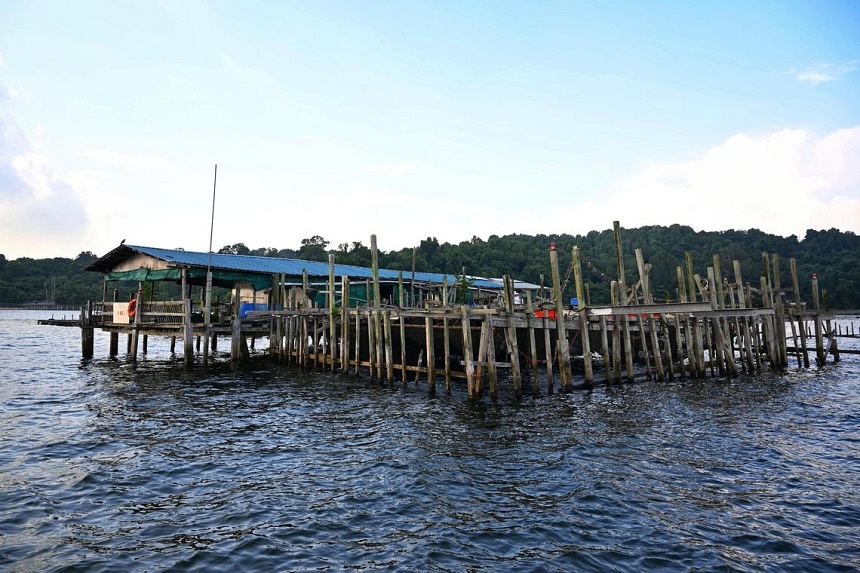
He would use "trash fish" caught in the kelong to supplement feed for cultured fish in the floating fish farm, such as sea bass, red snappers and hybrid groupers.
"Our production costs are high, and it has never been easy to find buyers who would buy at a price that at least covers [our] costs," he said, adding that the price of sea bass from Malaysia is on average two-thirds the price of such locally farmed fish.
Ng estimates that he has lost about $2 million over two decades of running the kelong and the farm, and has decided to call it quits after several years of consideration.
While he prefers to sell both the kelong and farm instead of having both demolished, the SFA said in response to ST’s queries that it does not permit the transfer of existing kelong licences.
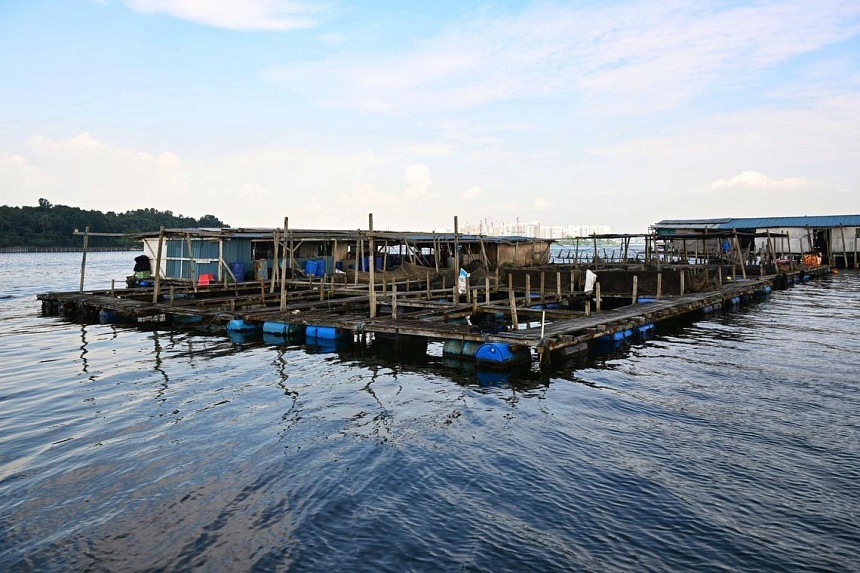
The agency also said new kelong licences have not been issued since the Primary Production Department — the agency that would eventually become the SFA — stopped doing so in 1965.
The SFA added that the four remaining licensed kelongs here — including Ng’s — are located off Pulau Ubin, Seletar and Lim Chu Kang.
Ng has until the end of 2024 to wind down operations at the fish farm and reinstate the sea space it occupies.
Meanwhile, the fate of the kelong remains up in the air.
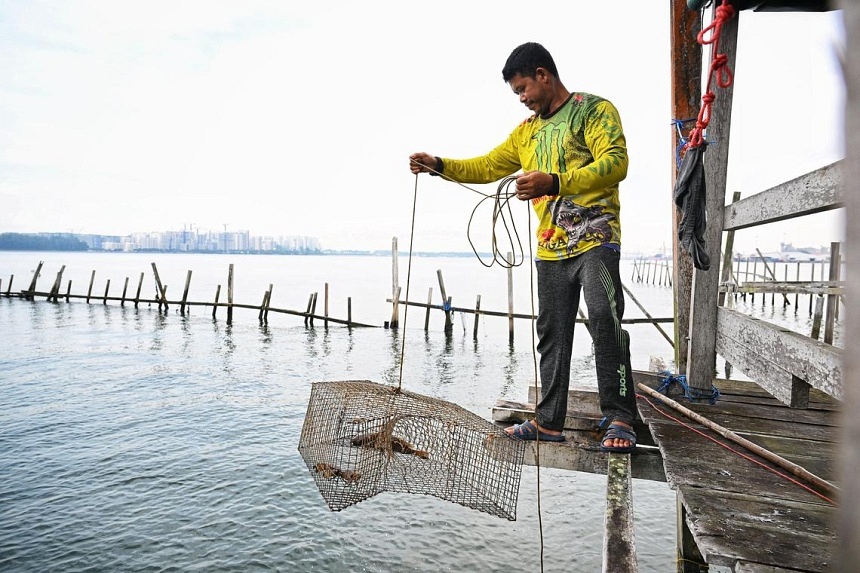
Heritage activists argue that conserving the kelong would allow the younger generation to learn about Singapore’s coastal heritage.
Choo Ruizhi, a graduate degree fellow with the East-West Centre, said kelongs had been the main fishing method off Singapore’s shores since at least the 1820s, up till their peak in the 1950s.
Choo, who has researched marine fisheries and food security in Singapore, said that at the peak in 1952, there were about 310 kelong licences issued.
During that period, kelongs made up about 70 per cent of domestic fish production, he said, citing academic sources.
"Kelongs hold a place in the way Singaporeans imagine their pasts, as can be seen in the way the word, and images of it, are still almost immediately recognisable to Singaporeans," he said.
He acknowledged that the cost of retaining and maintaining a kelong may be prohibitively high, and suggested that Ng’s kelong be documented and archived for future generations.
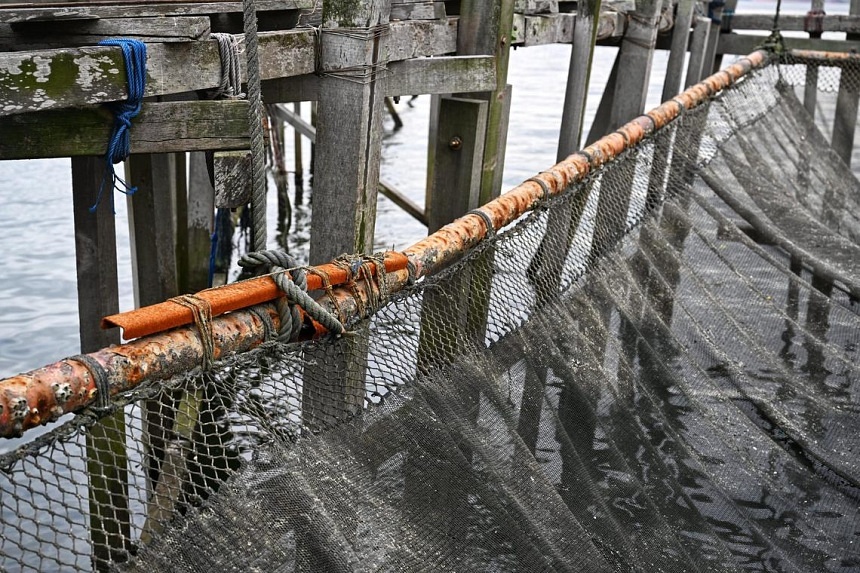
At the moment, the National Heritage Board (NHB) is trying to do just that. The agency said its officers have visited the kelong to assess the scope of the documentation project.
Content from this project will be shared on the board’s heritage resources portal Roots.gov.sg in the future, said NHB.
SHS’ Fauzy hopes donors will step forward to fund the feasibility study on retaining the kelong, and support programmes held on it, should the structure be kept.
While Ng’s kelong is not the last of its kind, Fauzy said SHS is advocating that it be retained because "we don’t want to wait until it’s too late, and conduct a feasibility study on the very last kelong only to realise that it cannot be kept".
He noted that Ng’s kelong also faces an Orang Seletar kampung in Johor Bahru and is in relatively quiet waters, making it an ideal location for community and educational use.
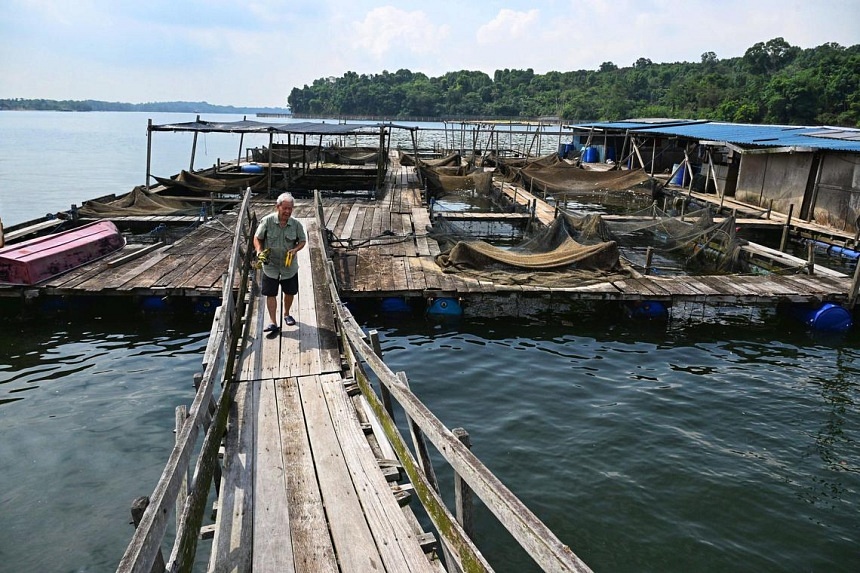
Kuet Ee Yoon, co-founder of the Singapore Maritime Heritage Interest Group, suggested that a range of possible uses be considered, to make retaining the kelong as economically viable as possible.
He suggested that the kelong could be used for environmental education, as a stop for tourists, and even as a rest stop for sea sports.
He hopes that if retained and repurposed, the kelong will "provide a model for sustainable economic development for hundreds of other fish farms at sea".
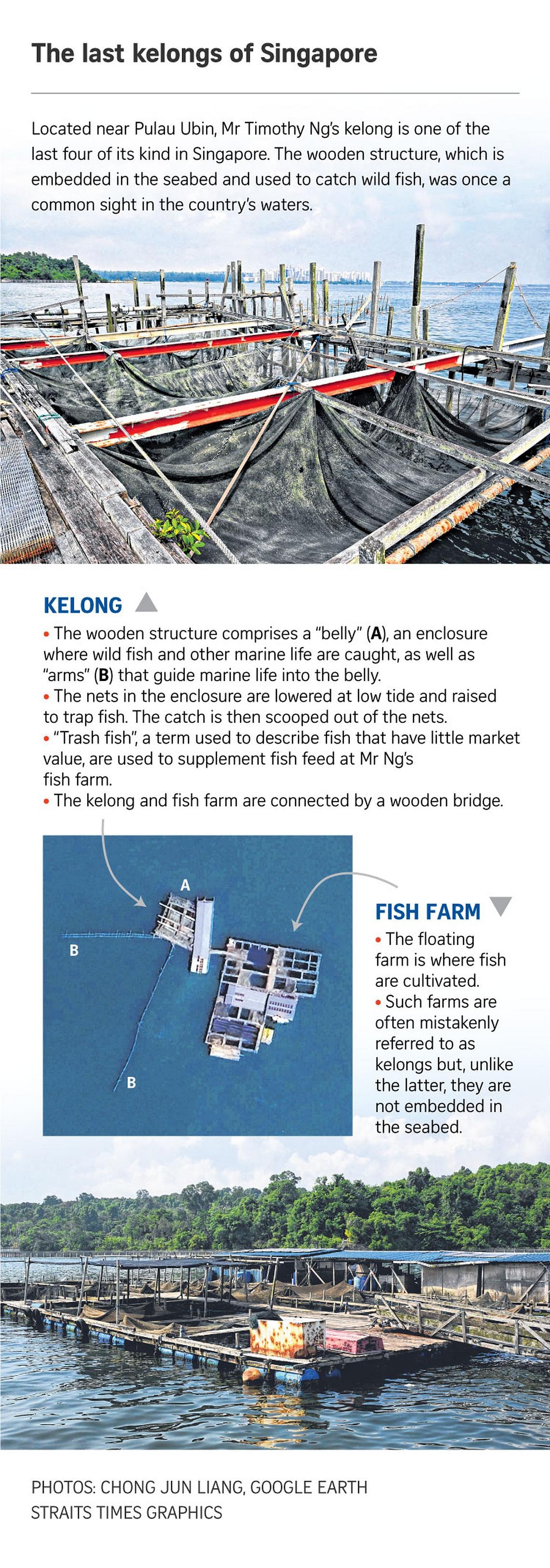
Donors interested in working with SHS on its proposed feasibility study can reach the society via e-mail at admin@singaporeheritage.org.
ALSO READ: Conserved bungalow used for filming Mediacorp drama redecorated without necessary approval: URA
This article was first published in The Straits Times. Permission required for reproduction.